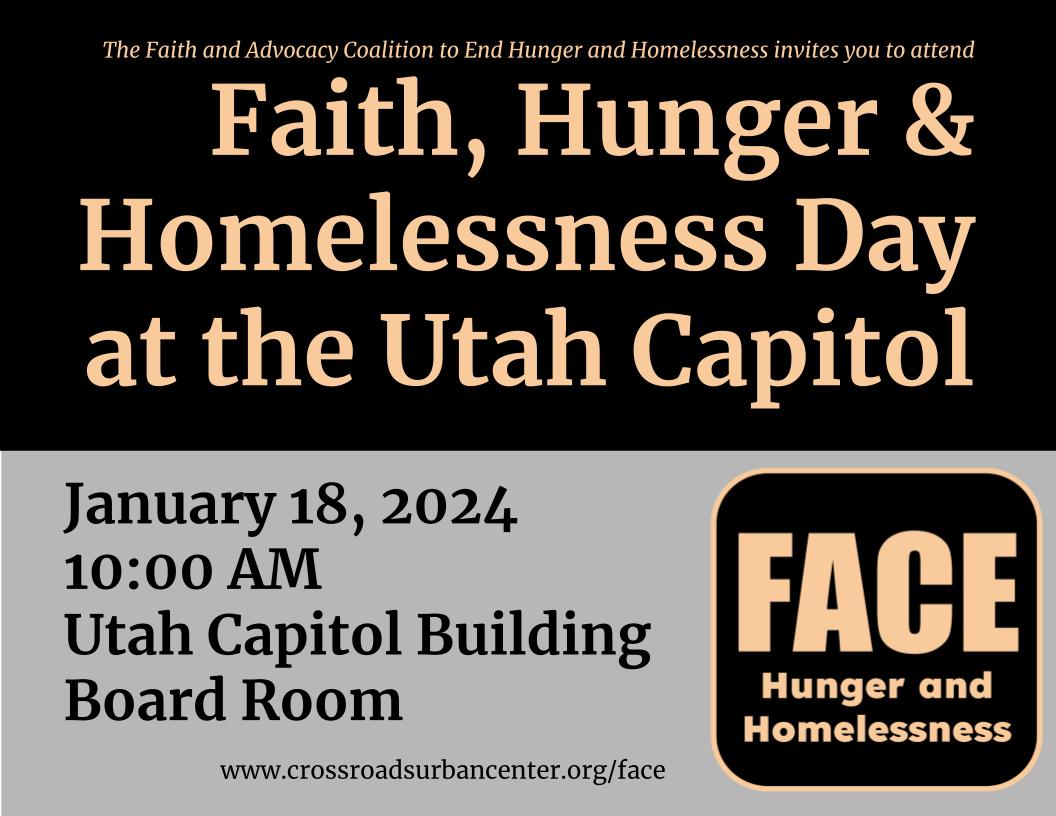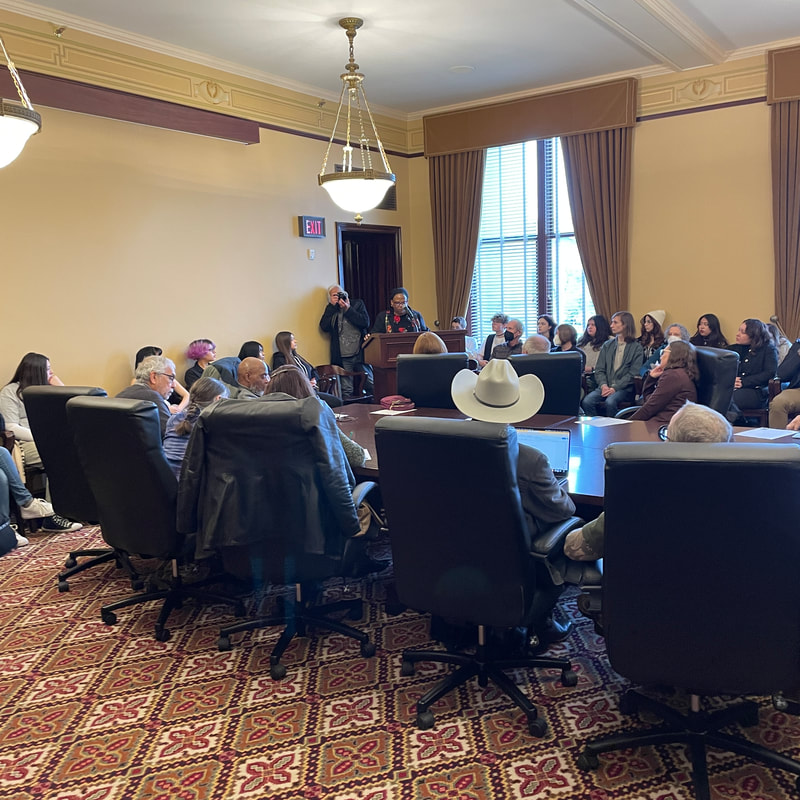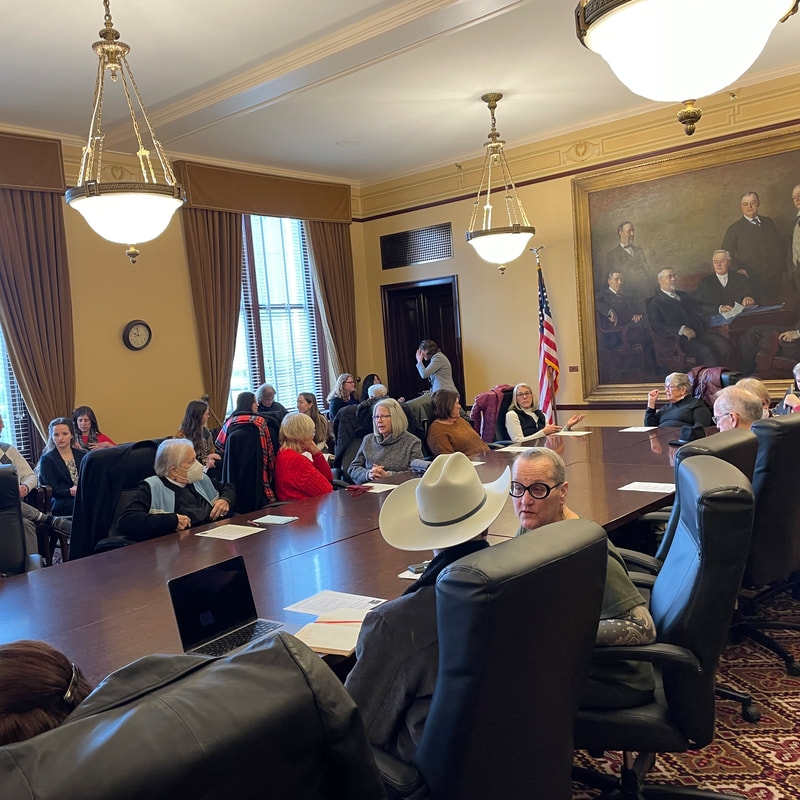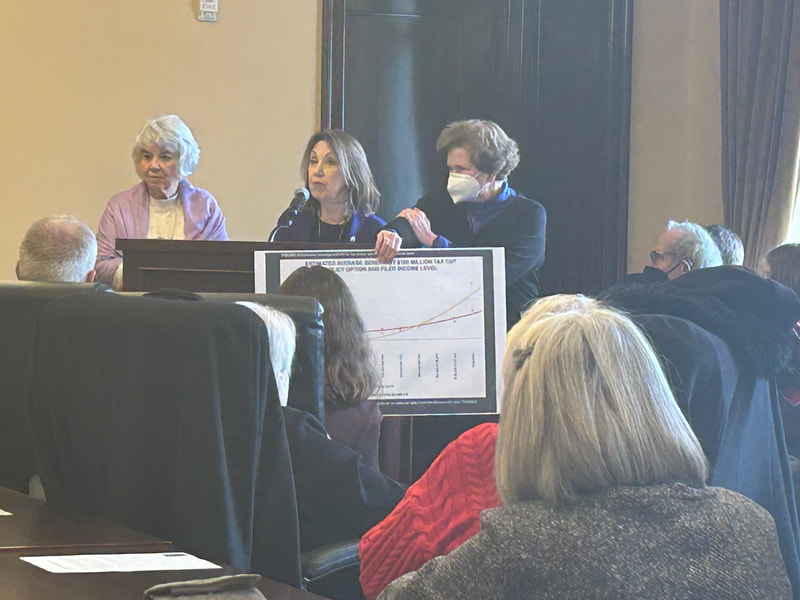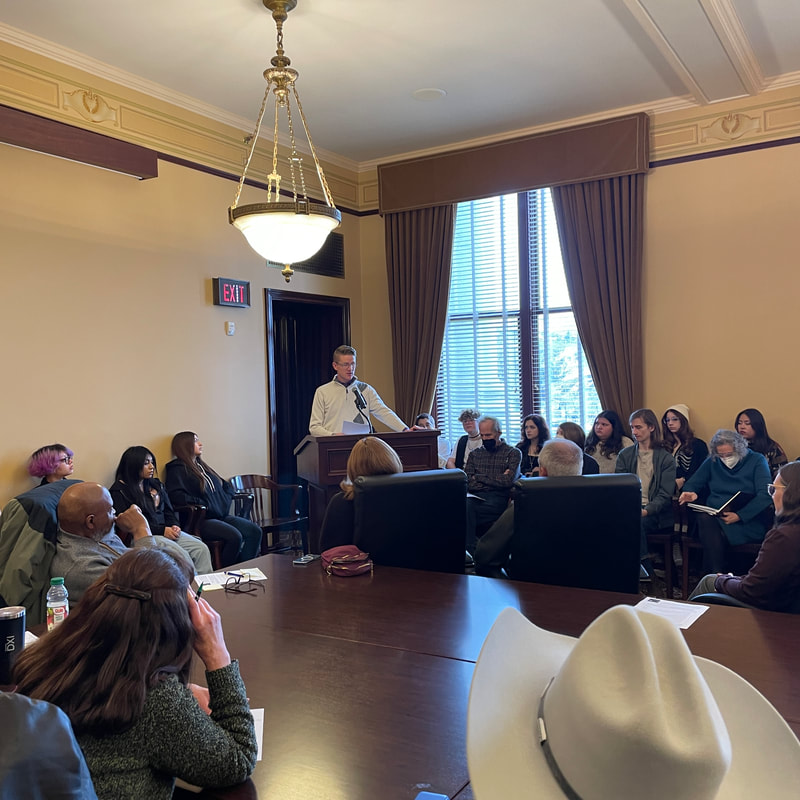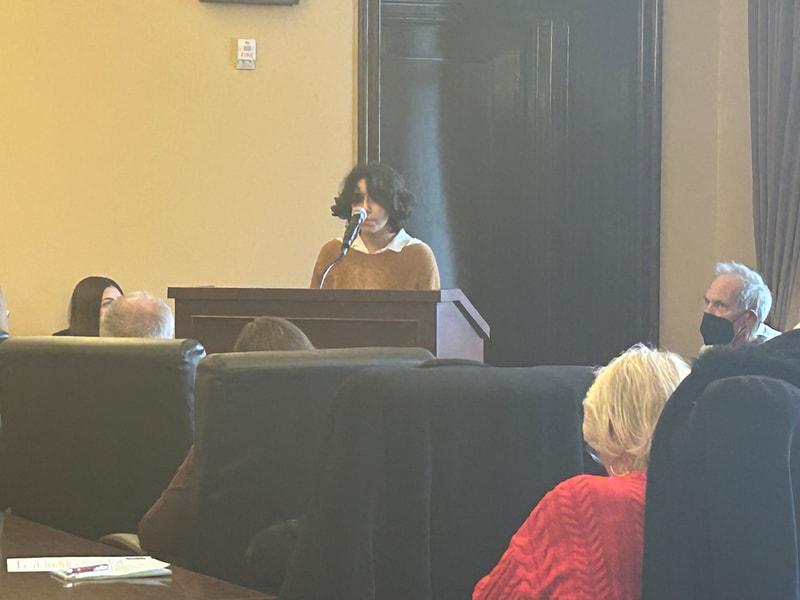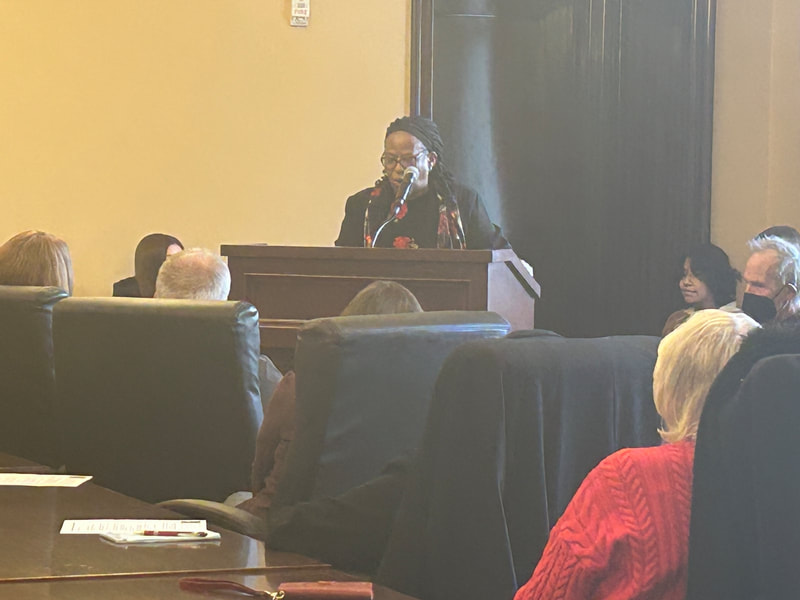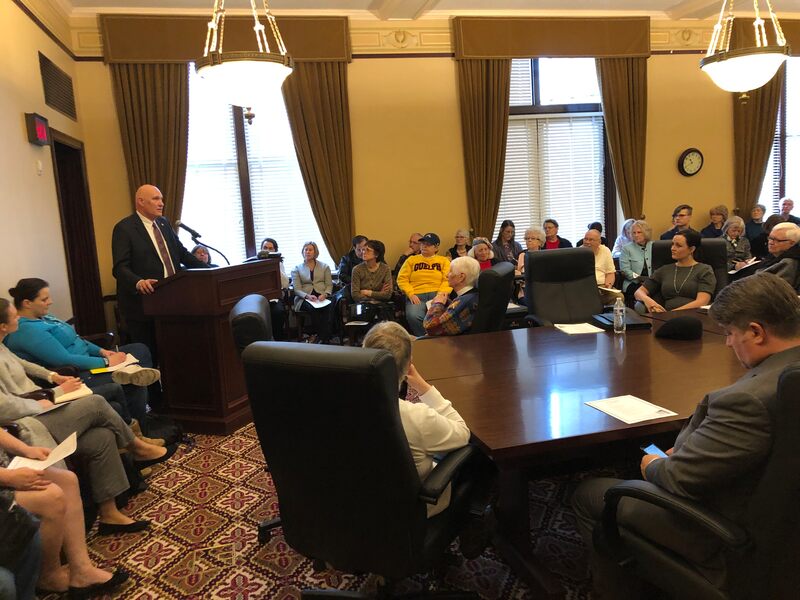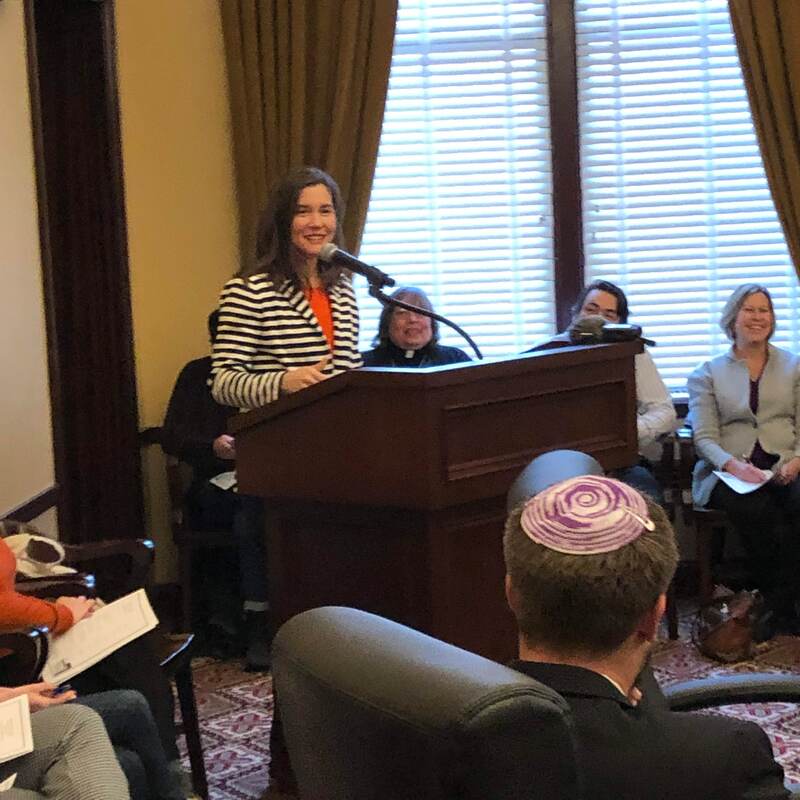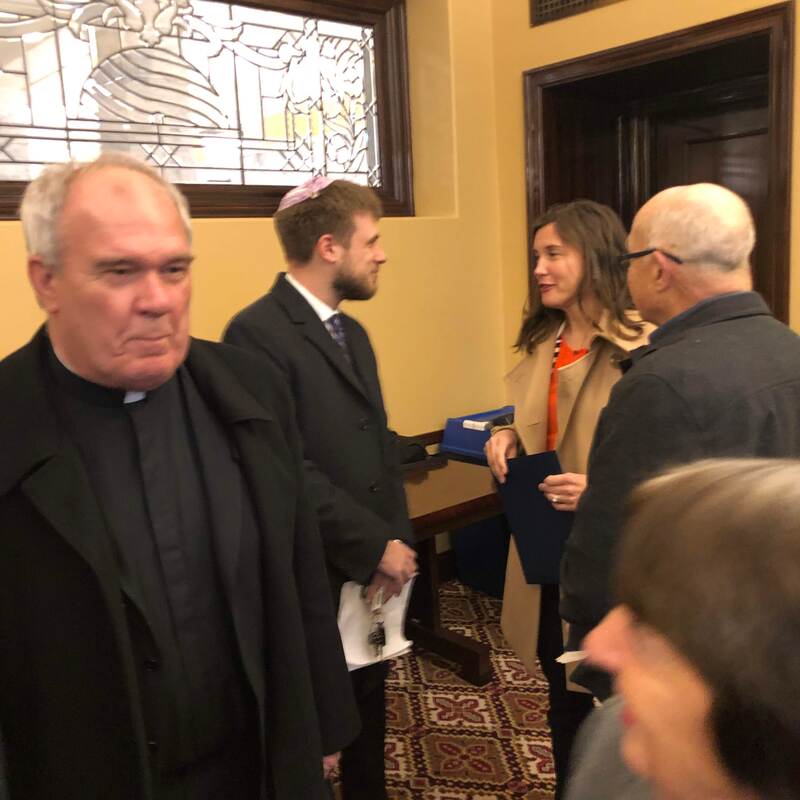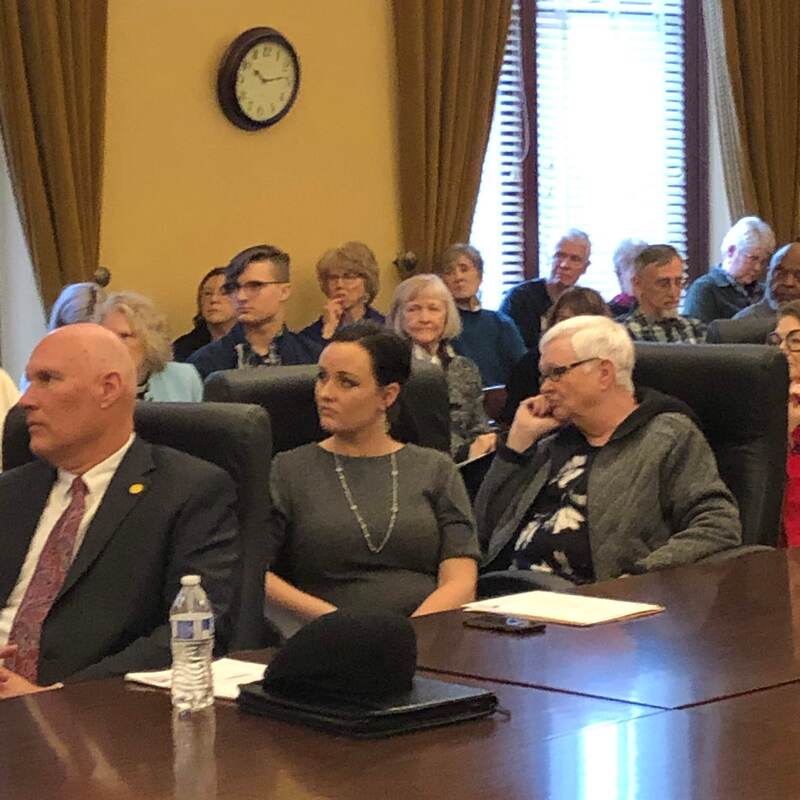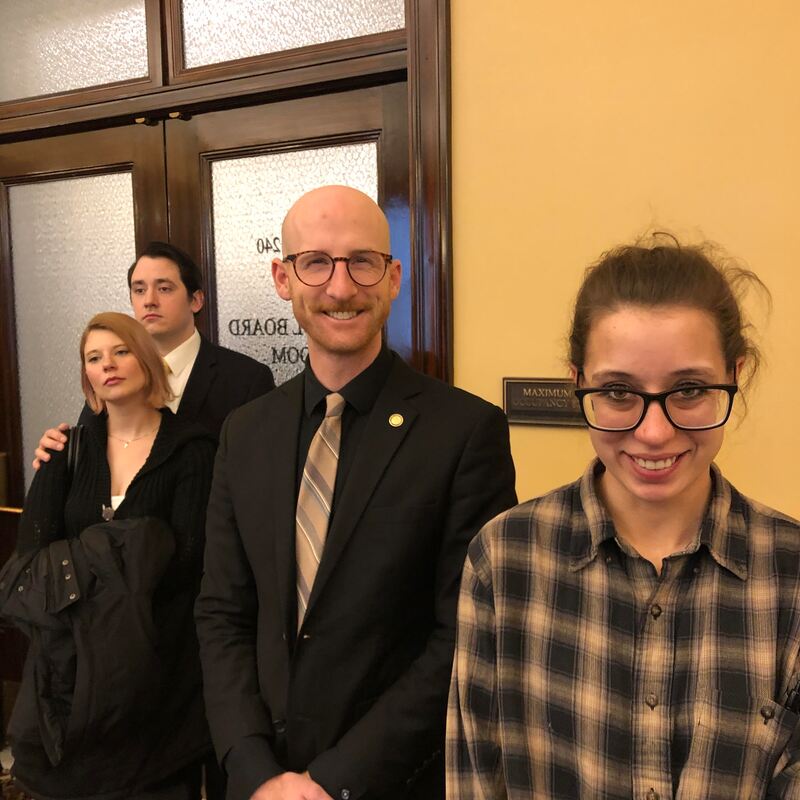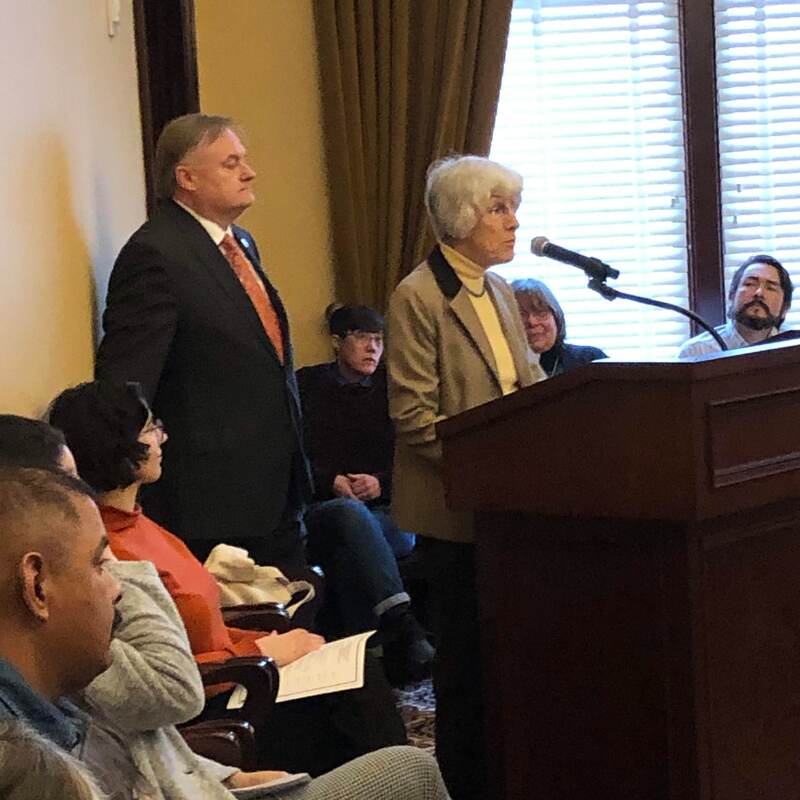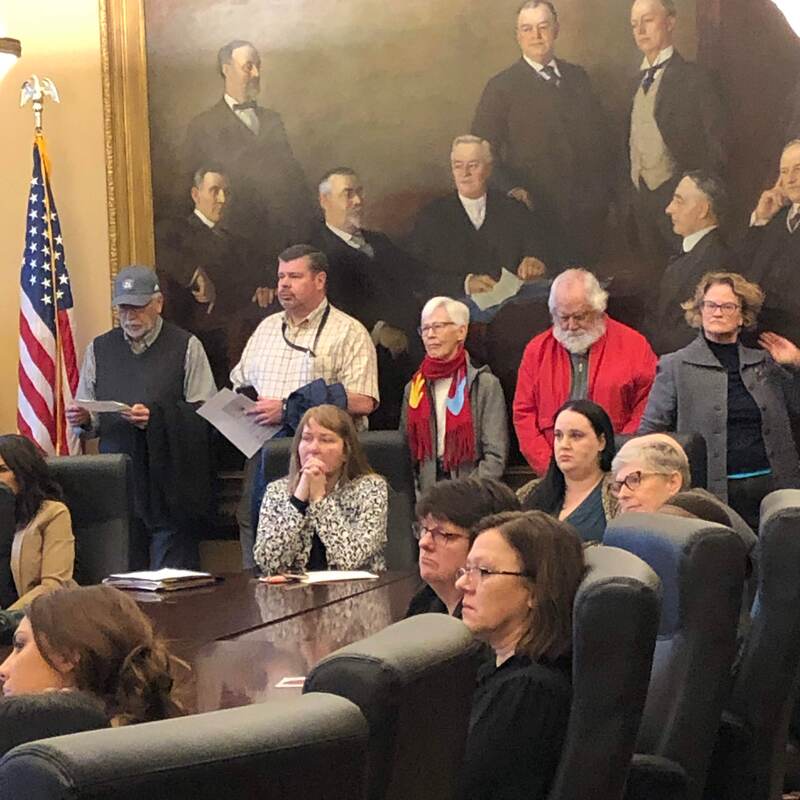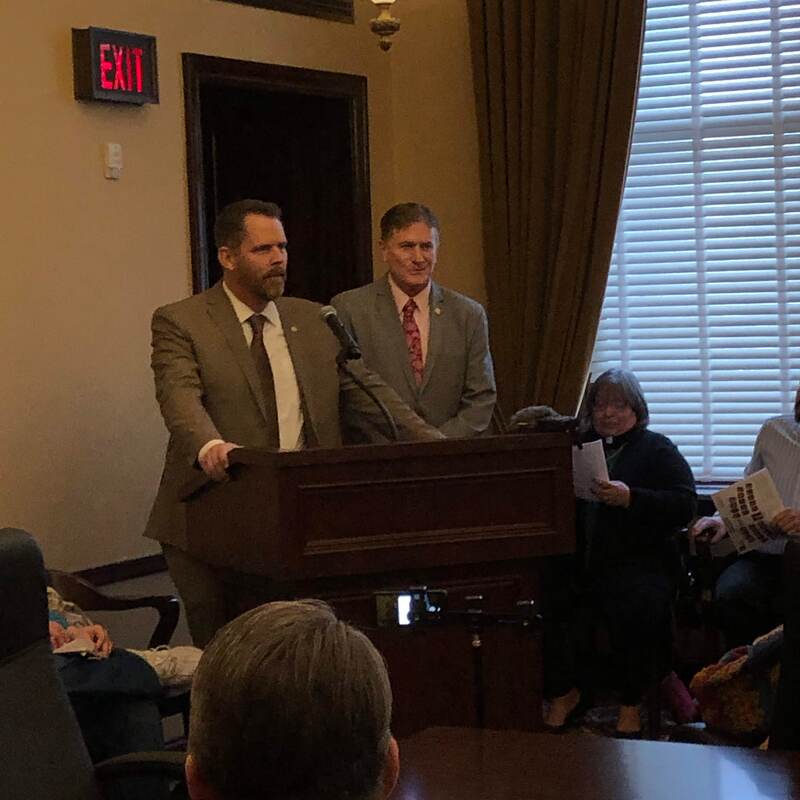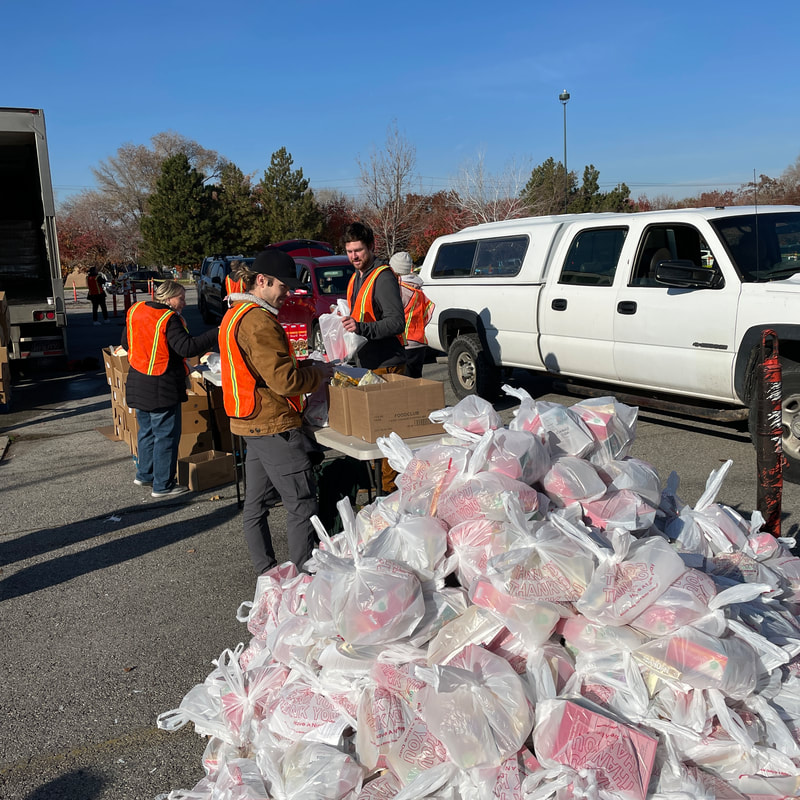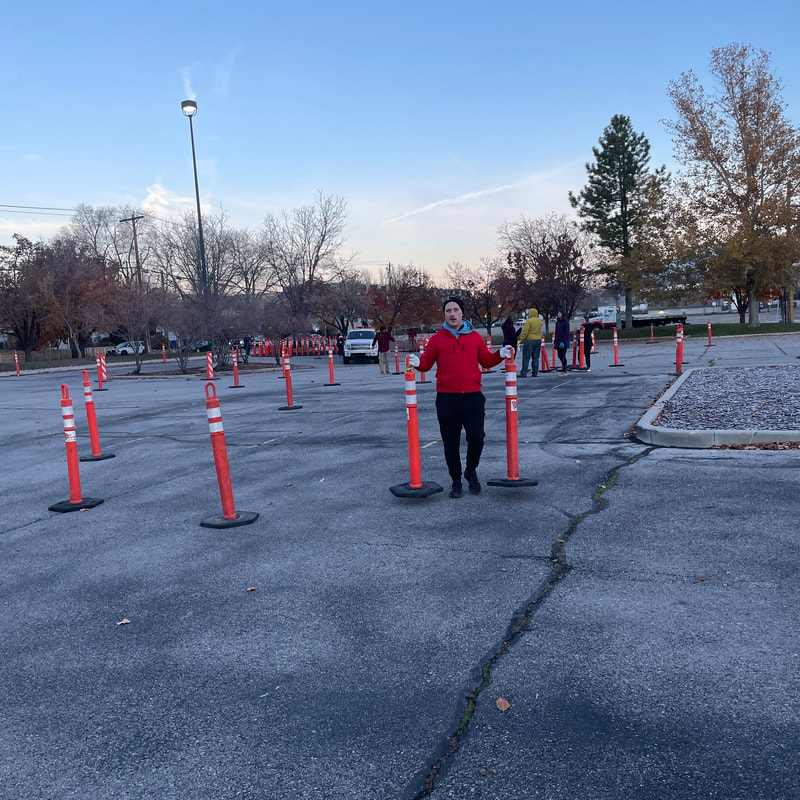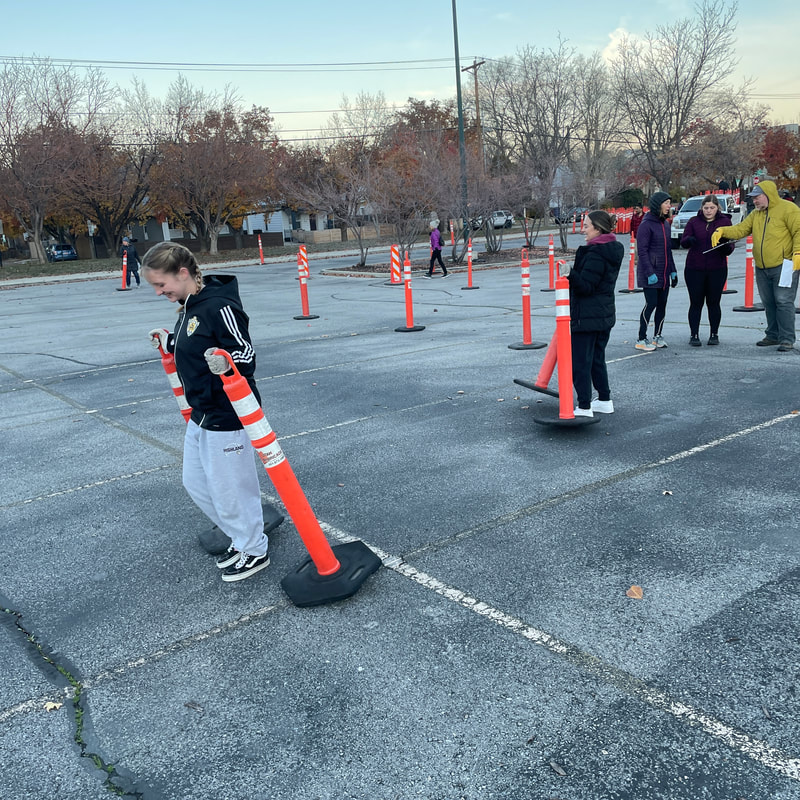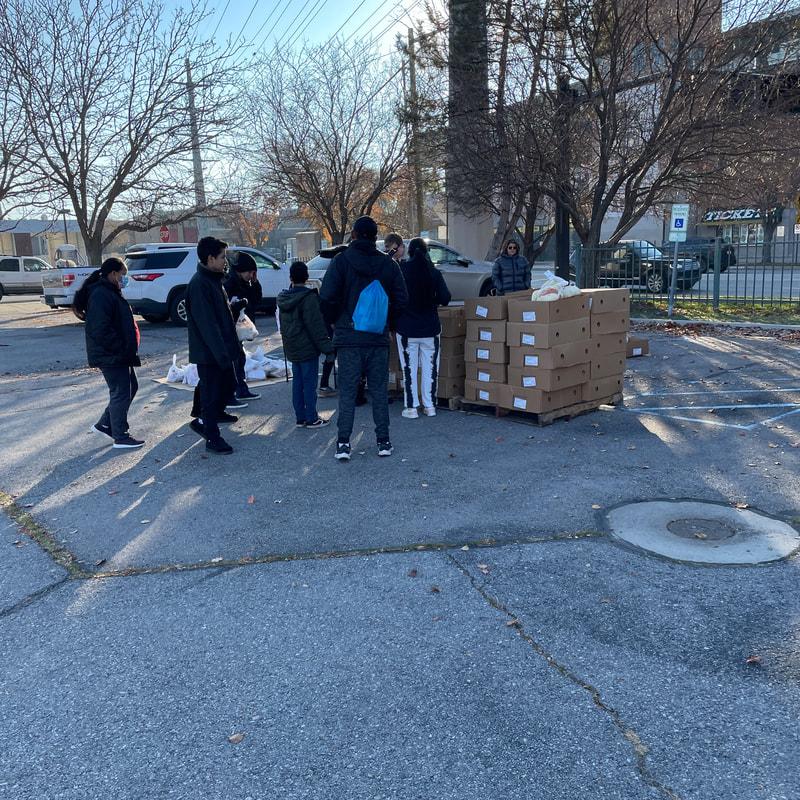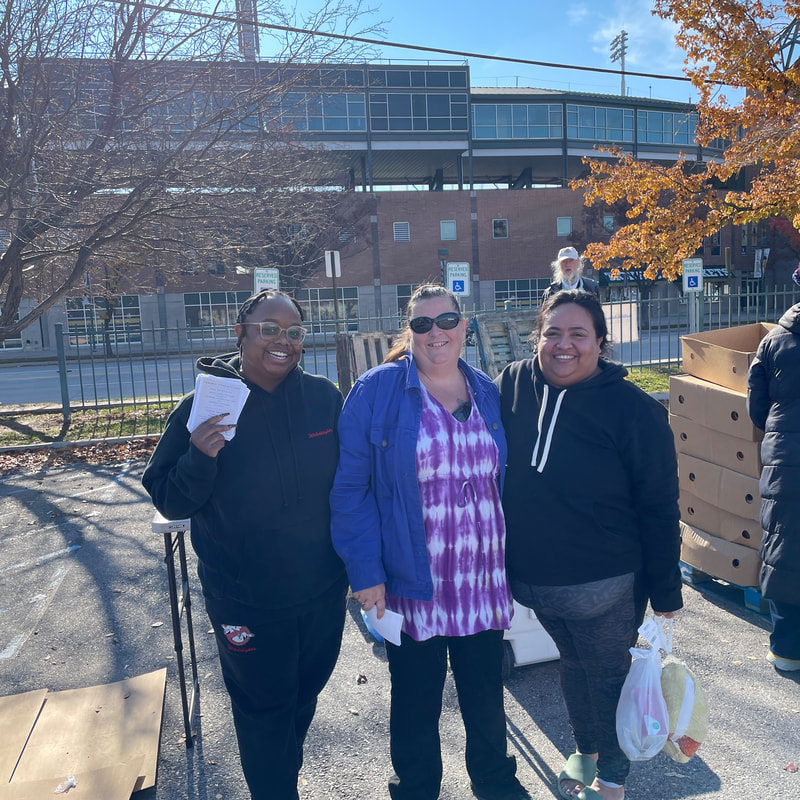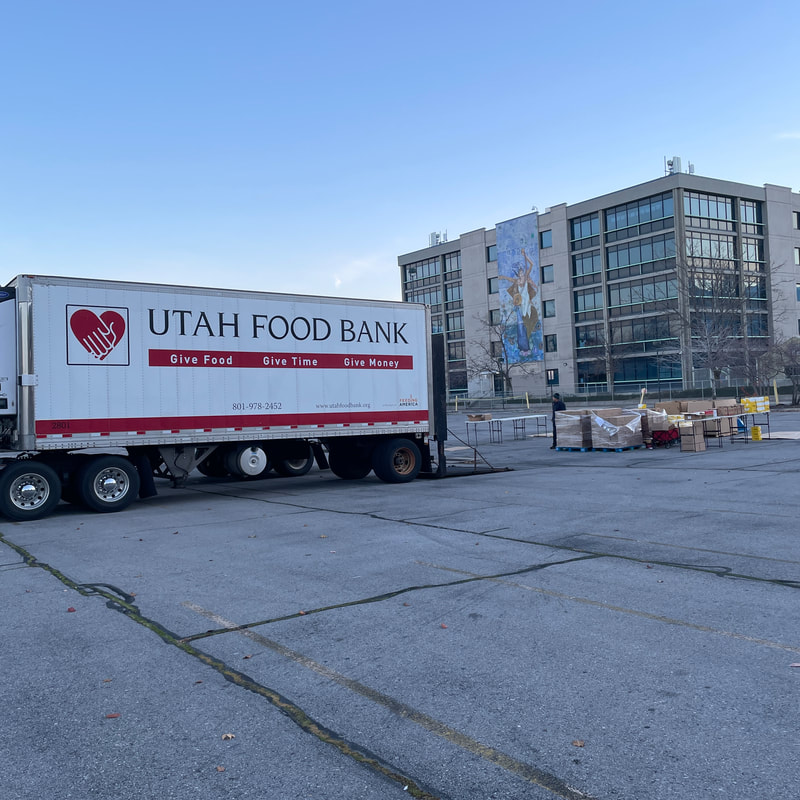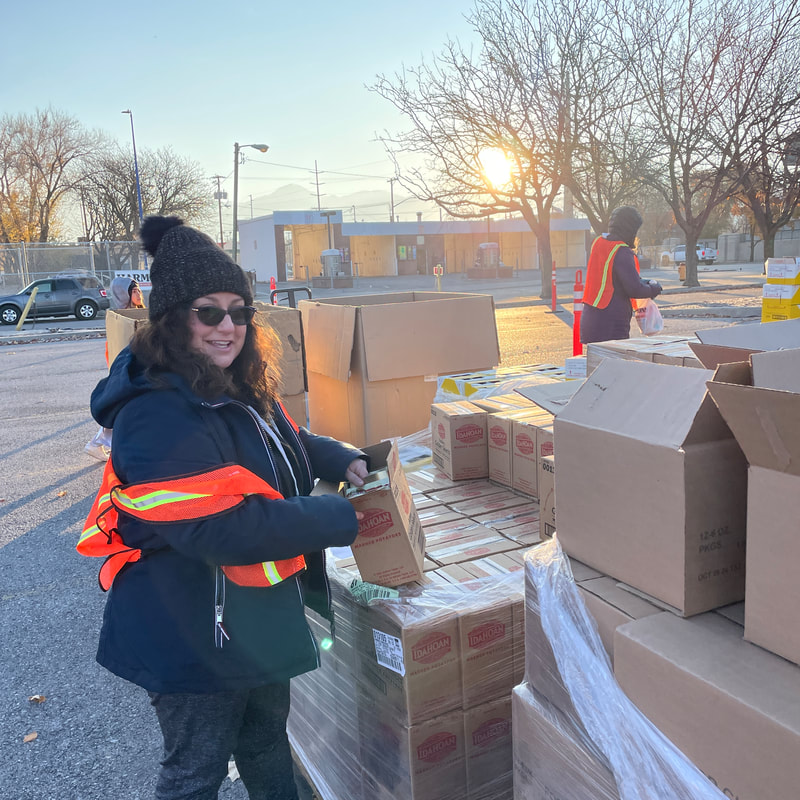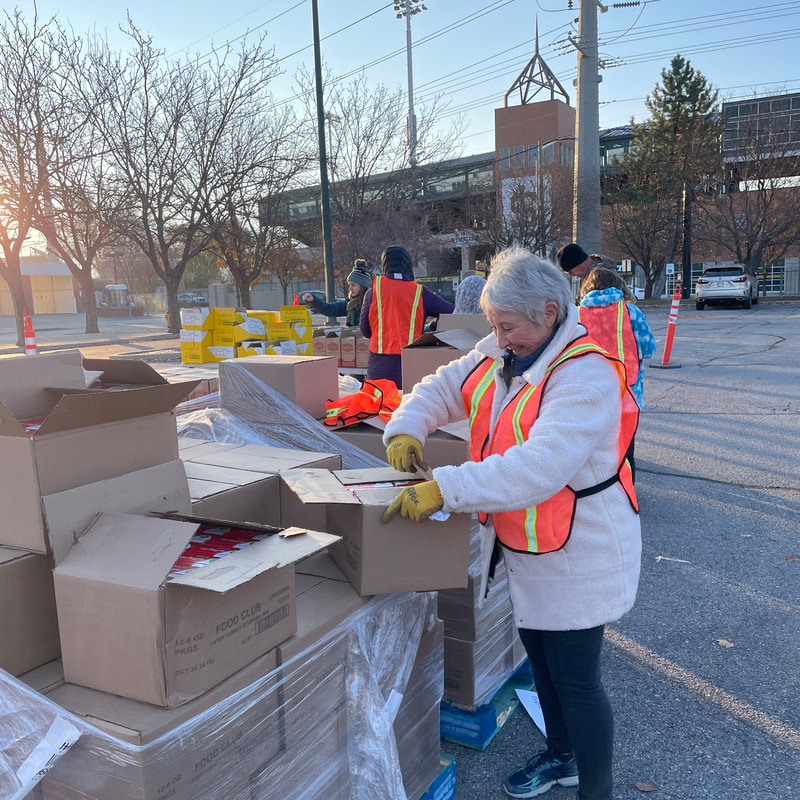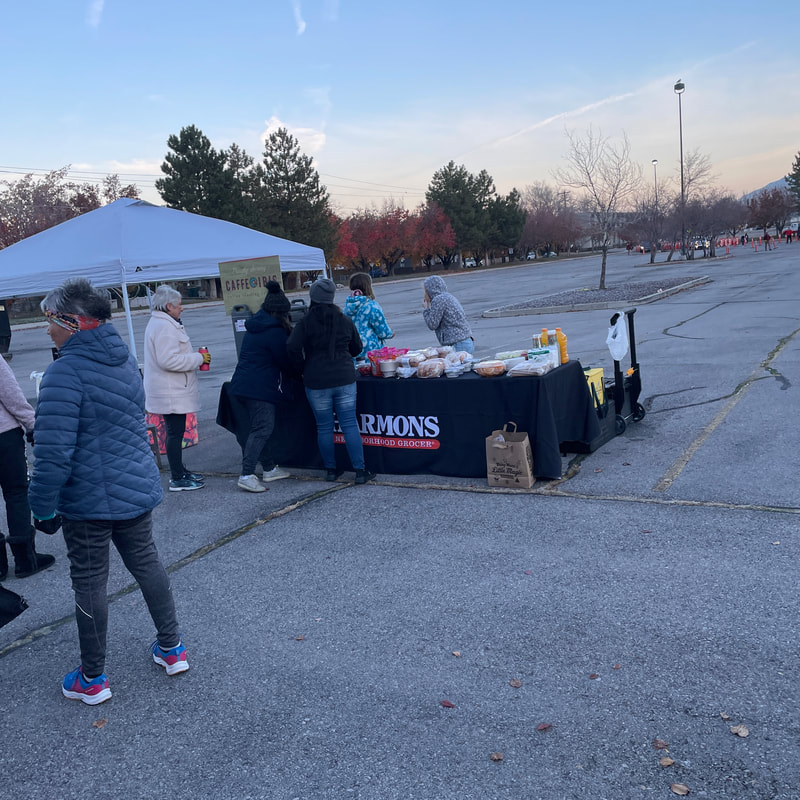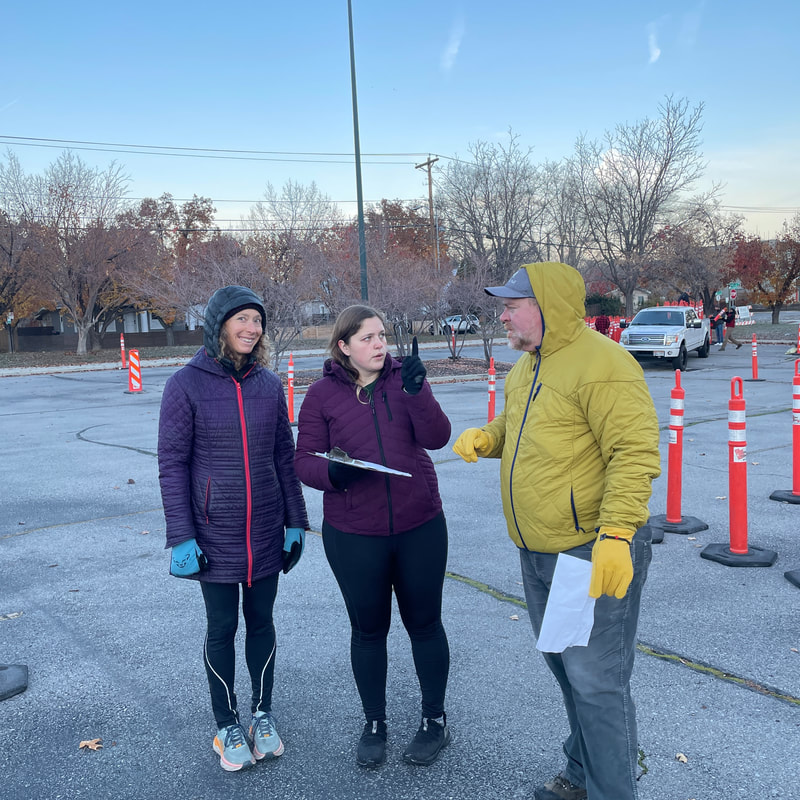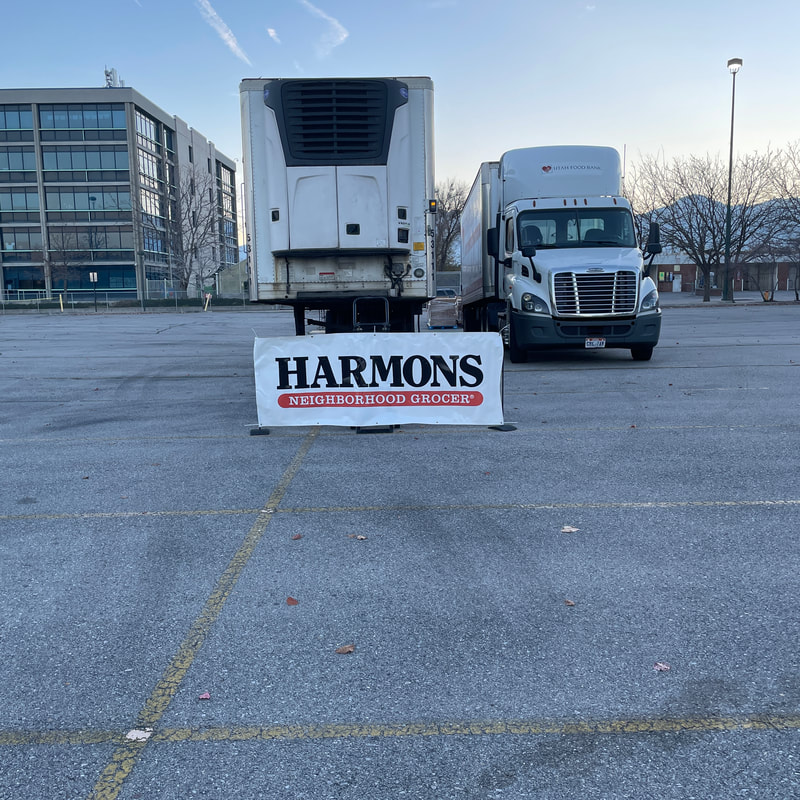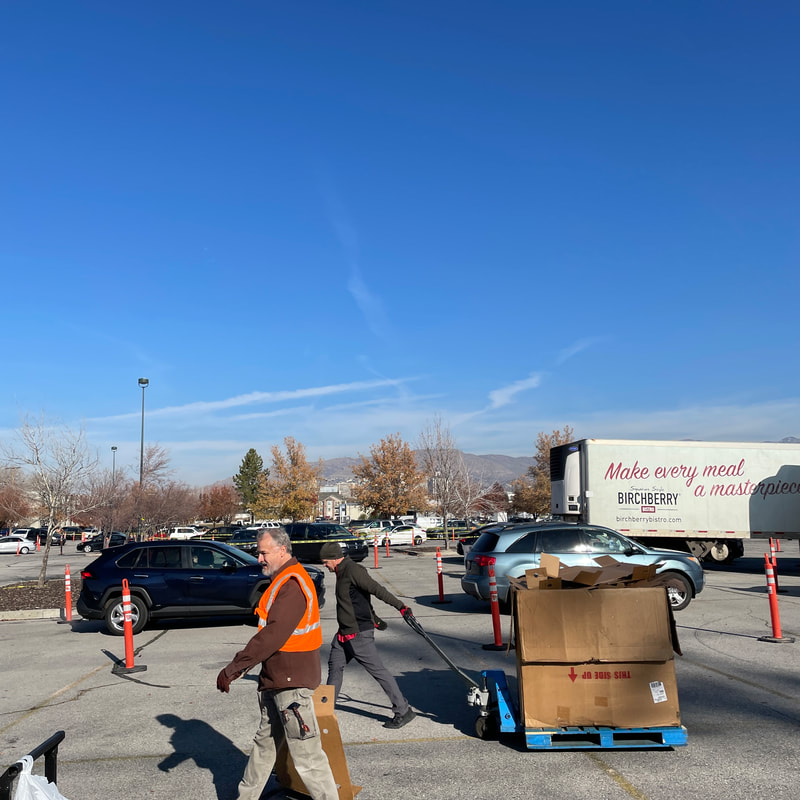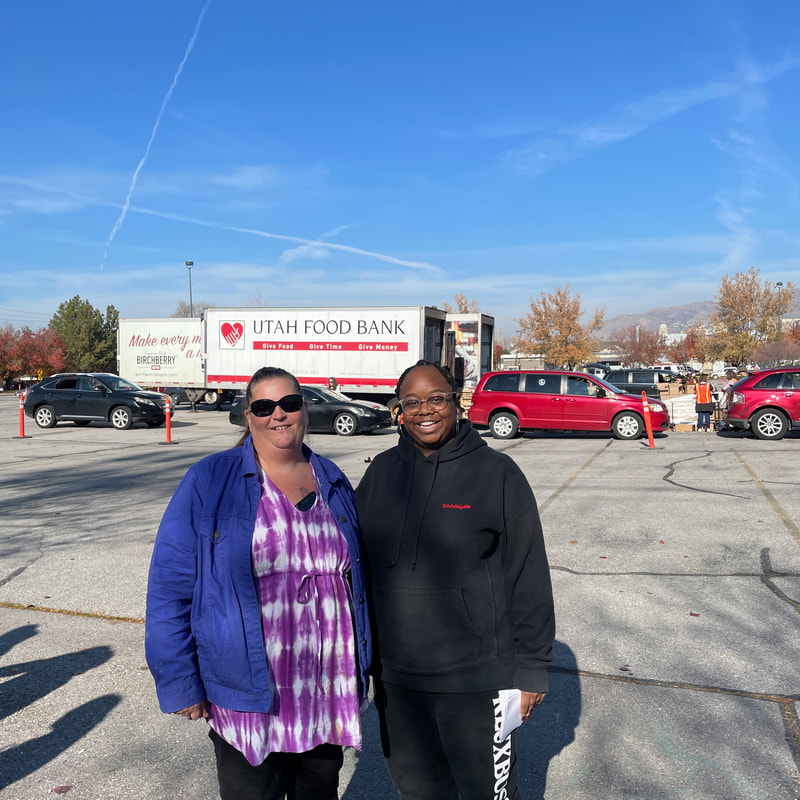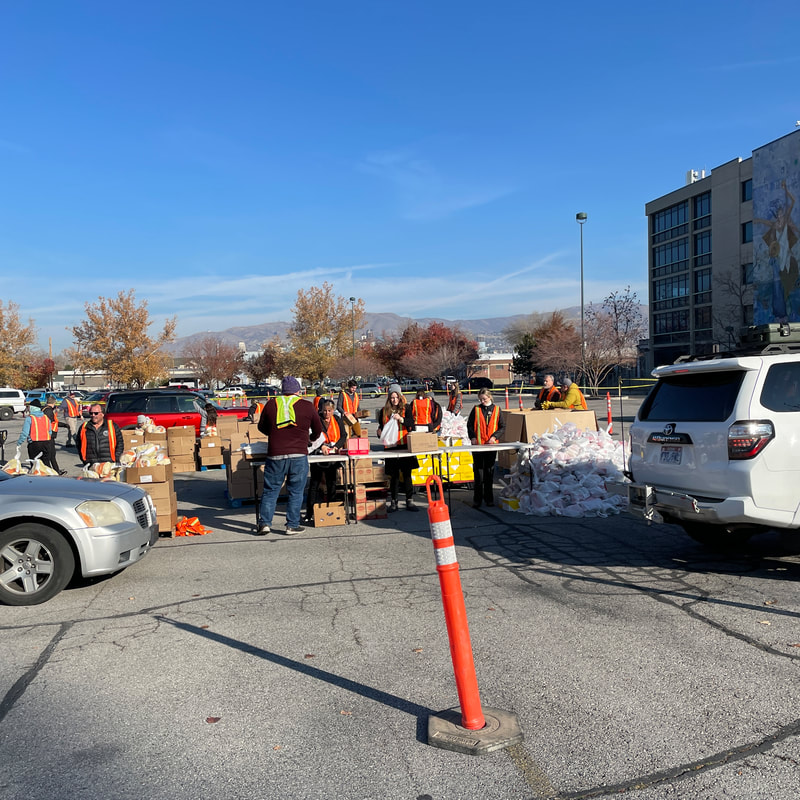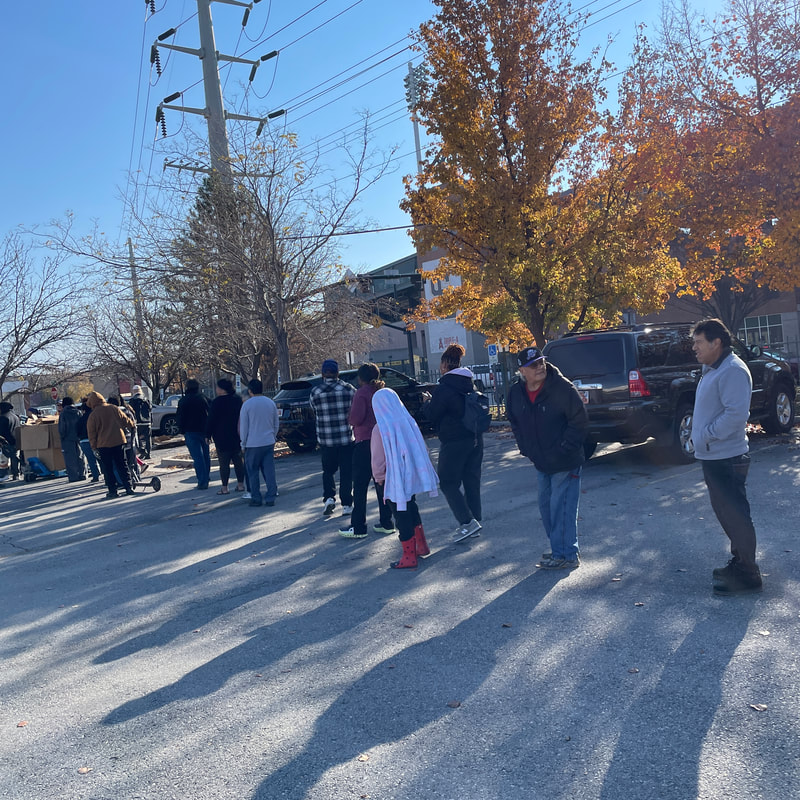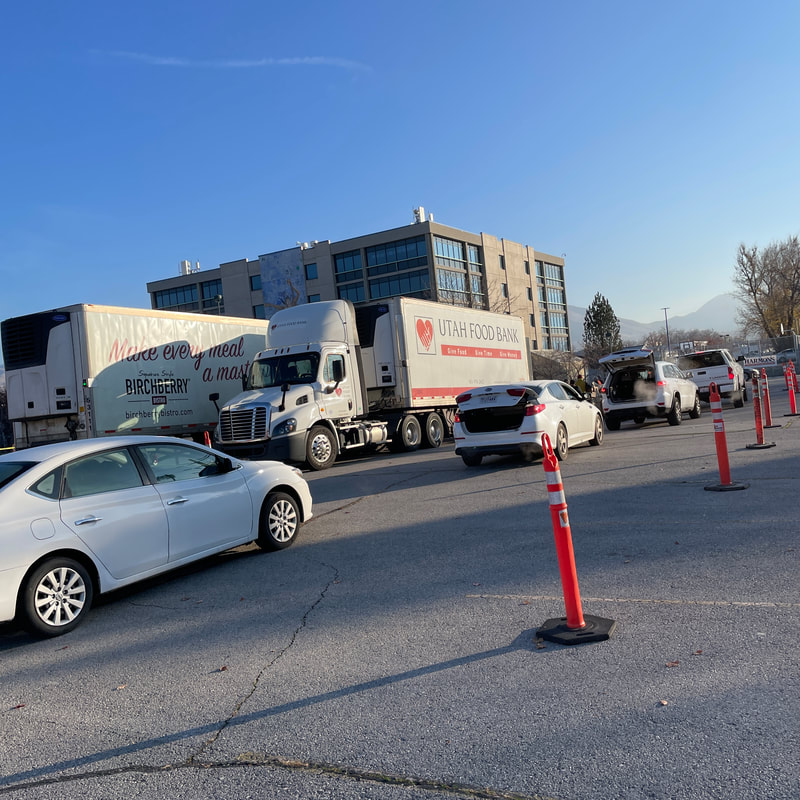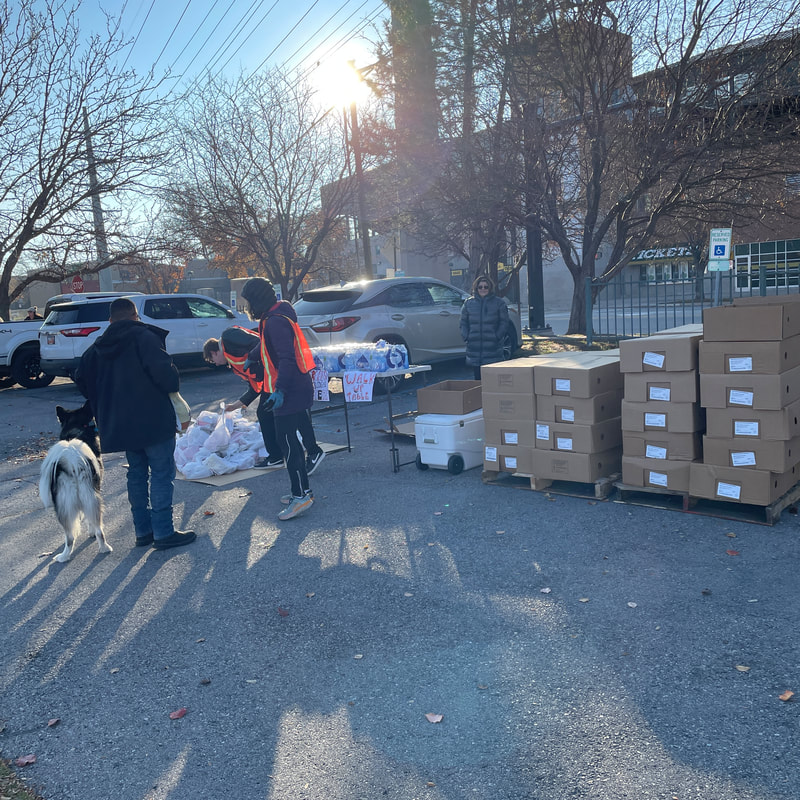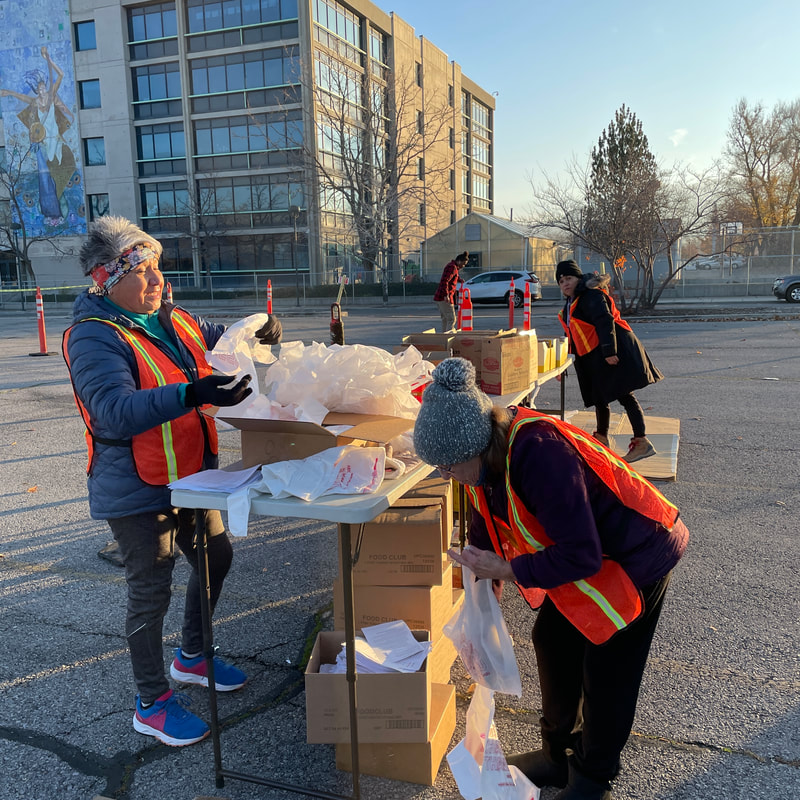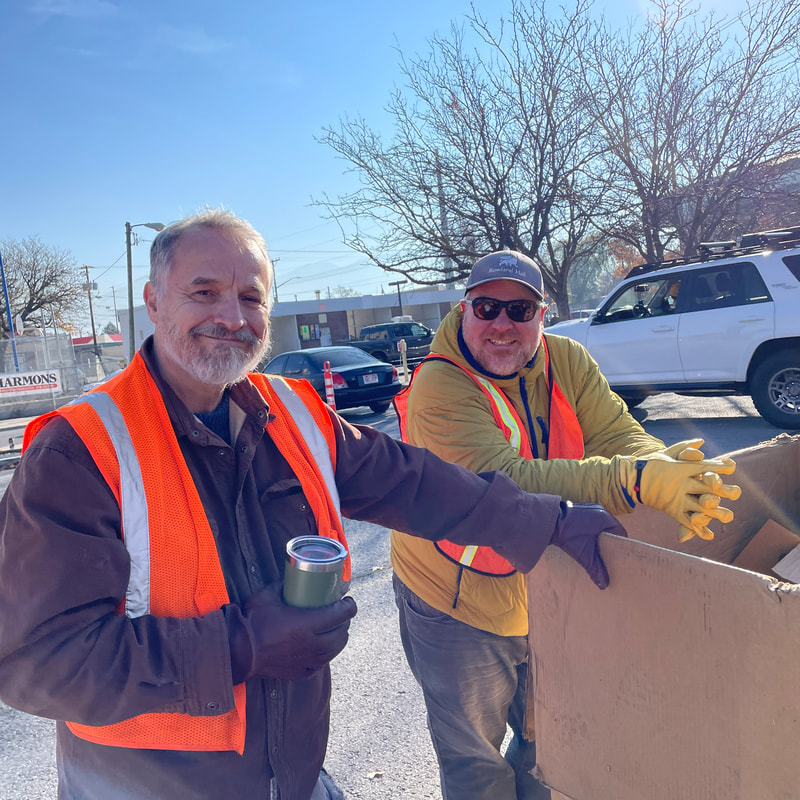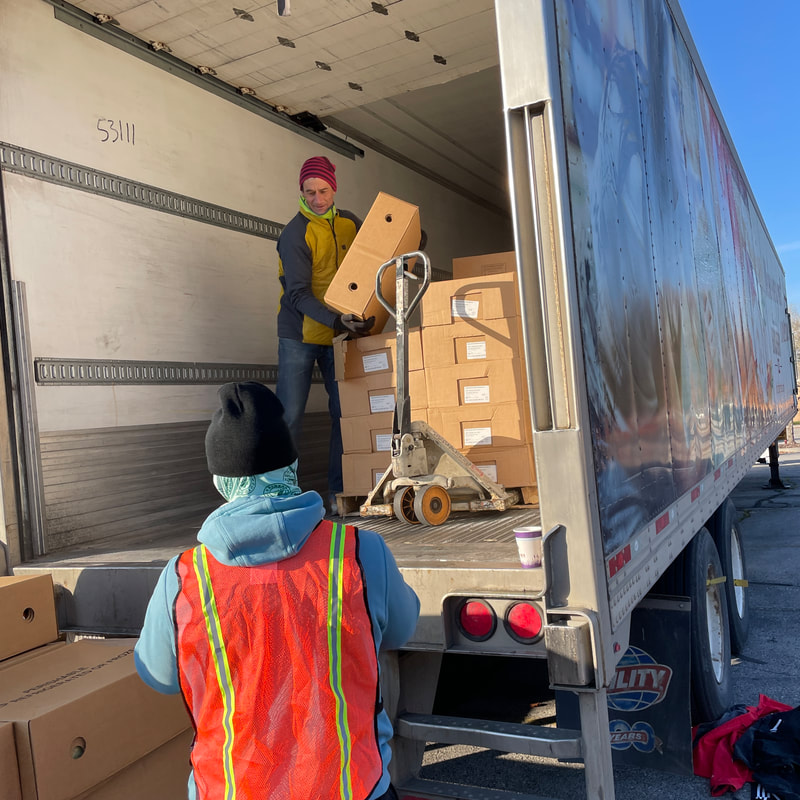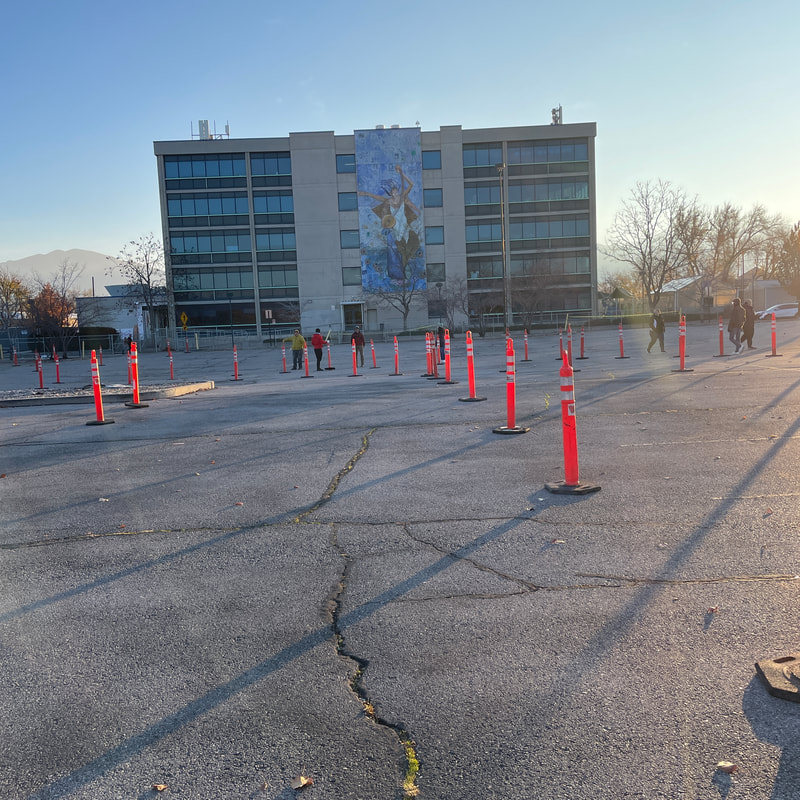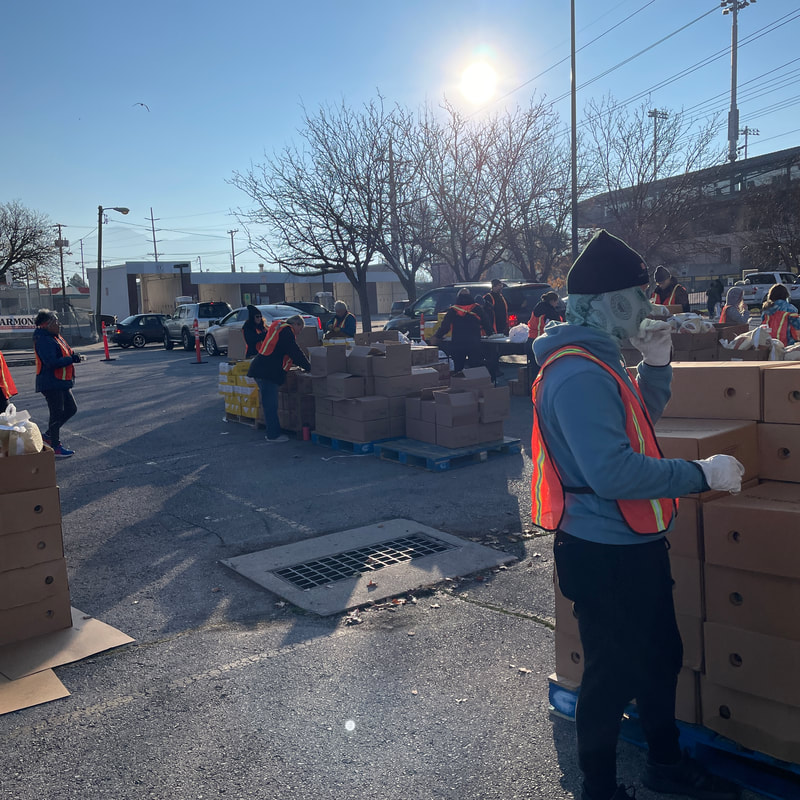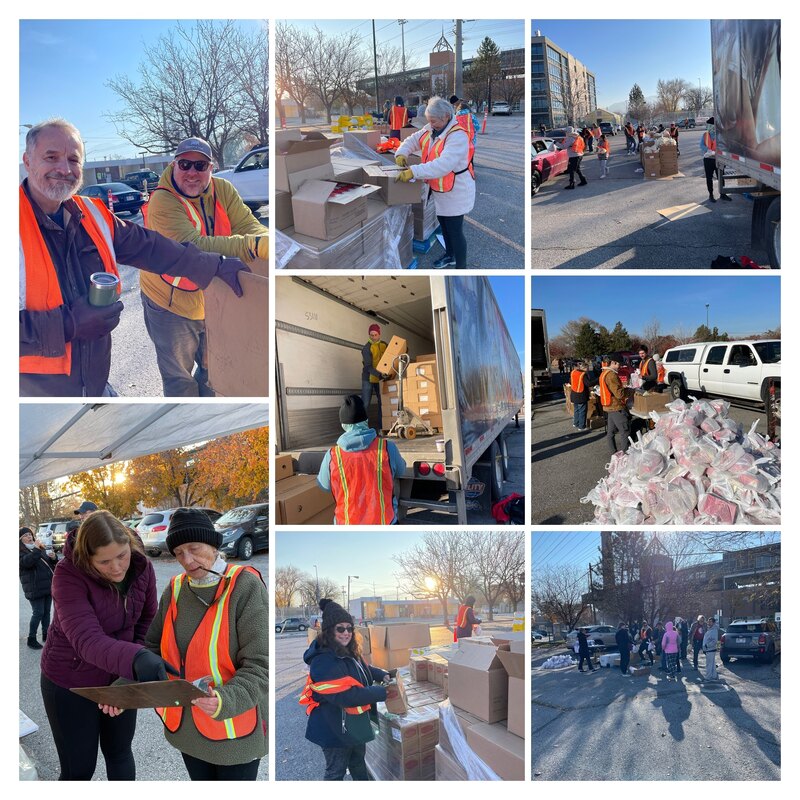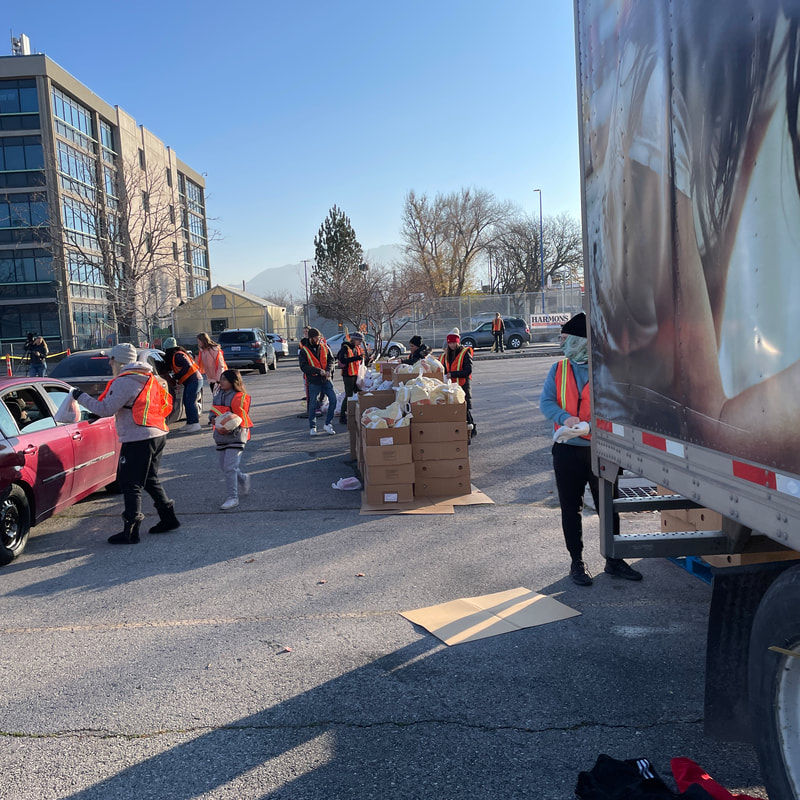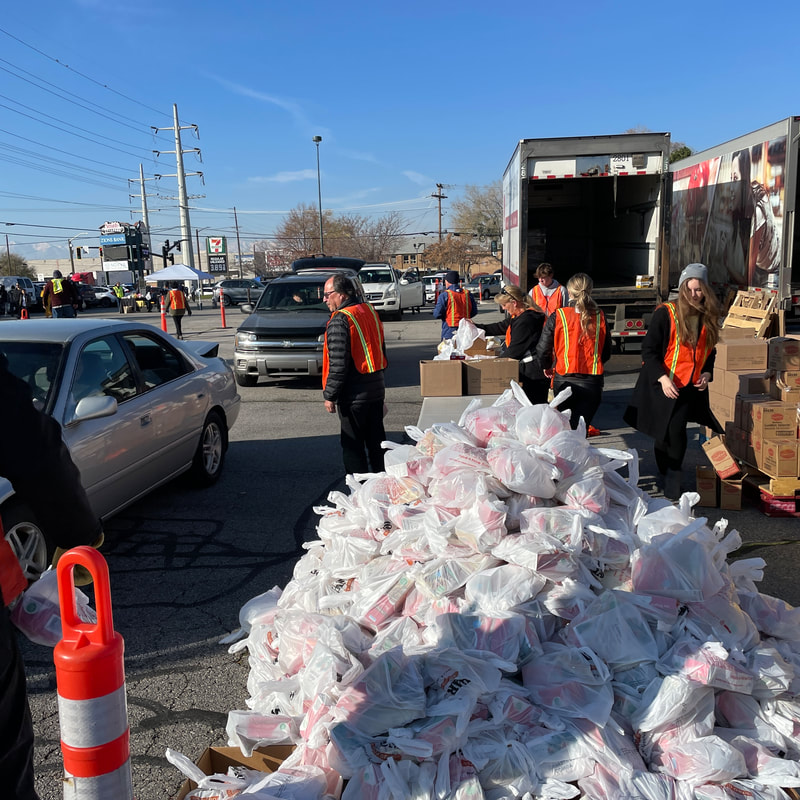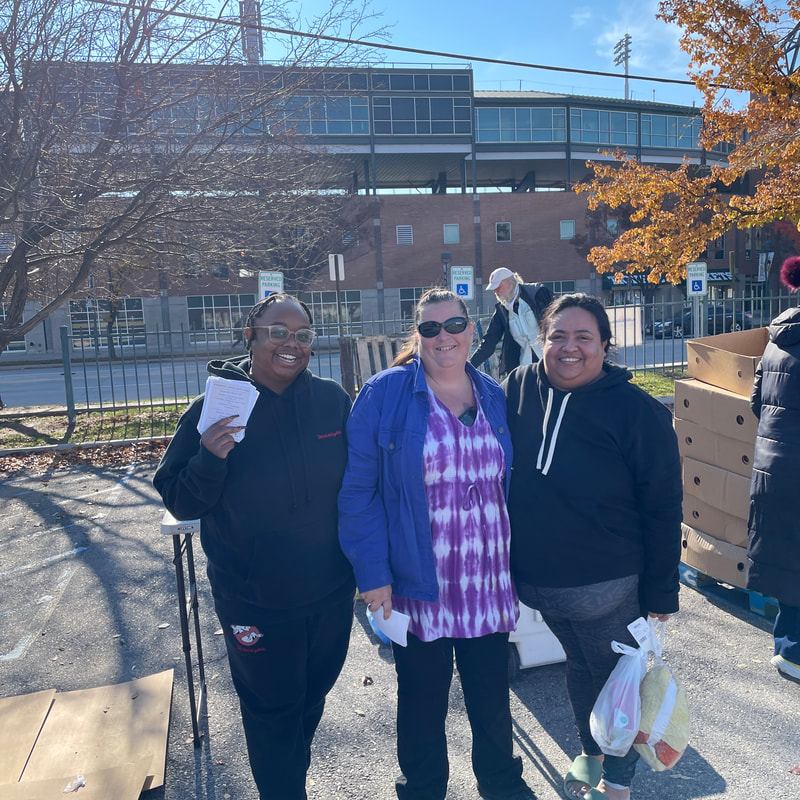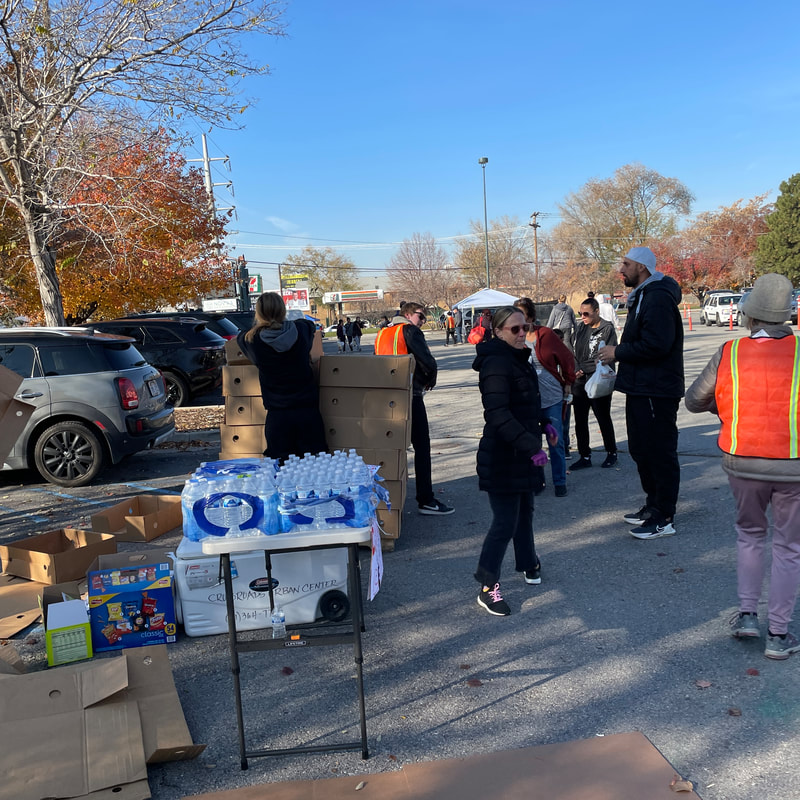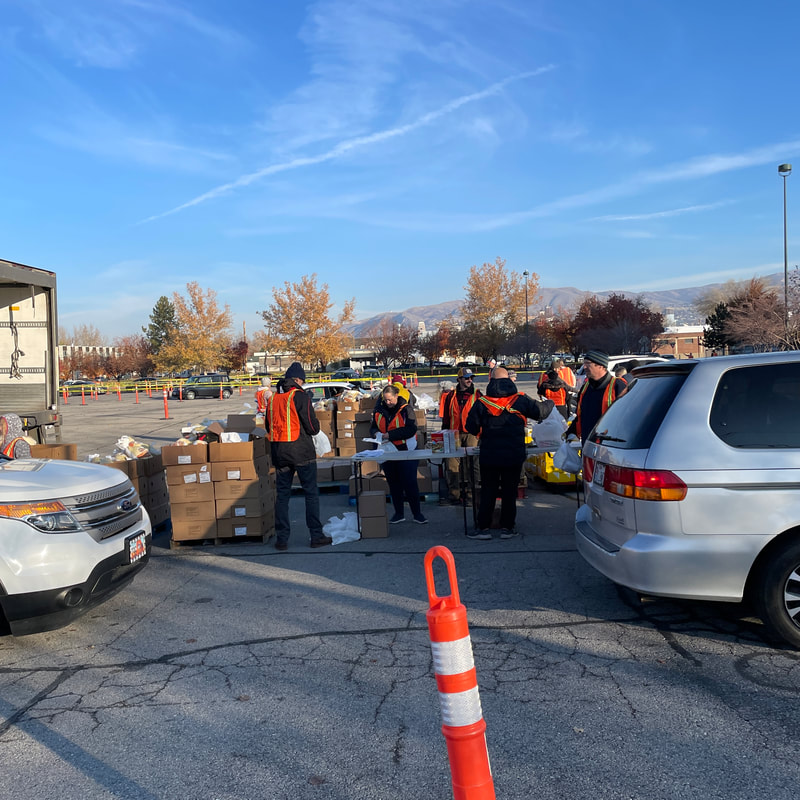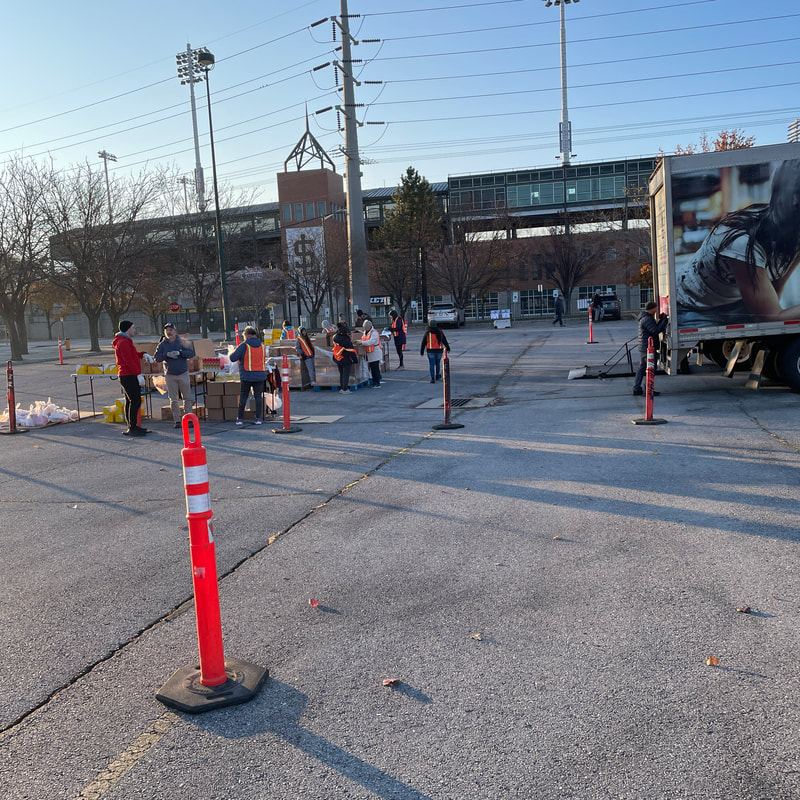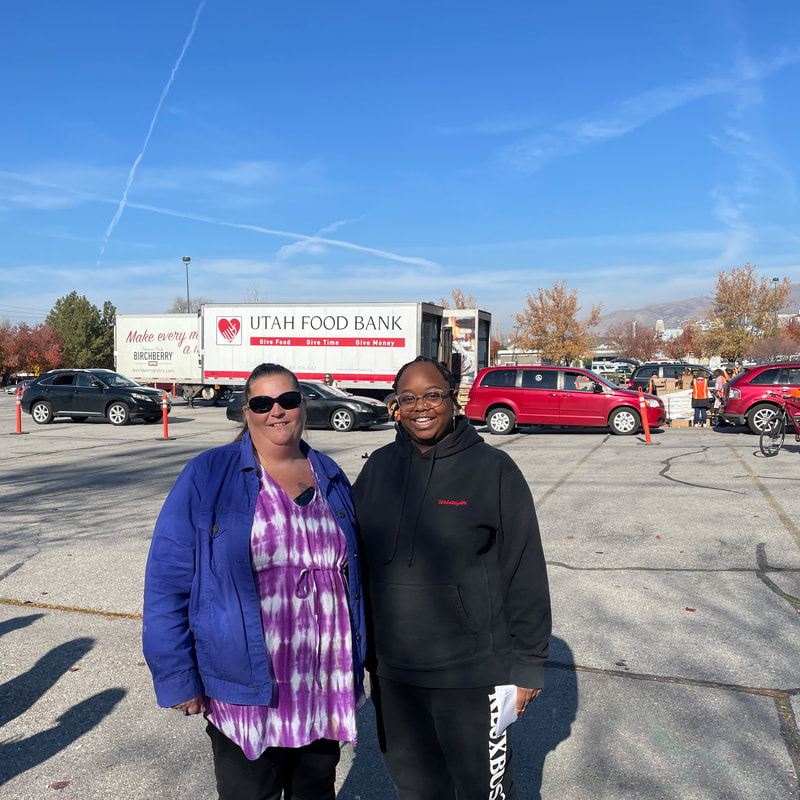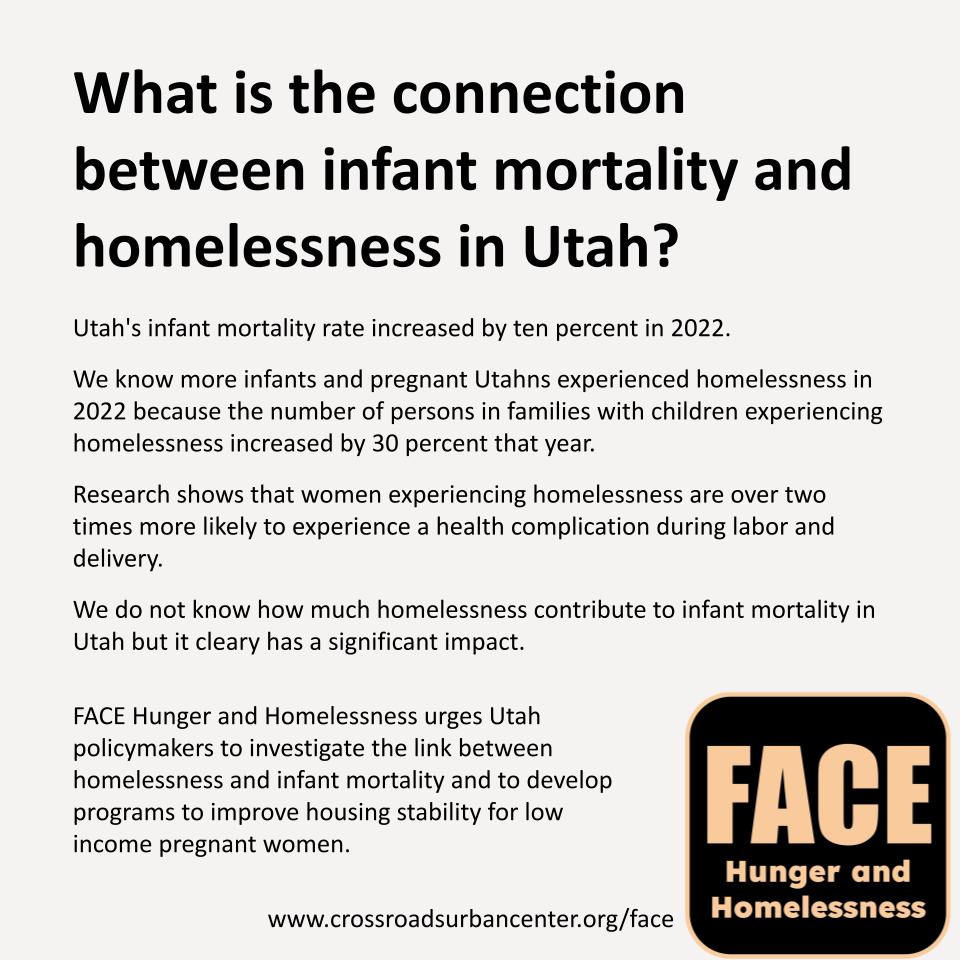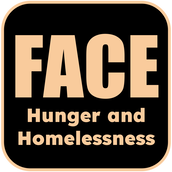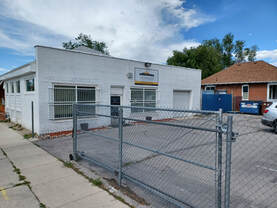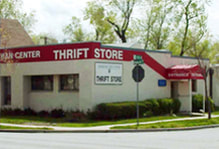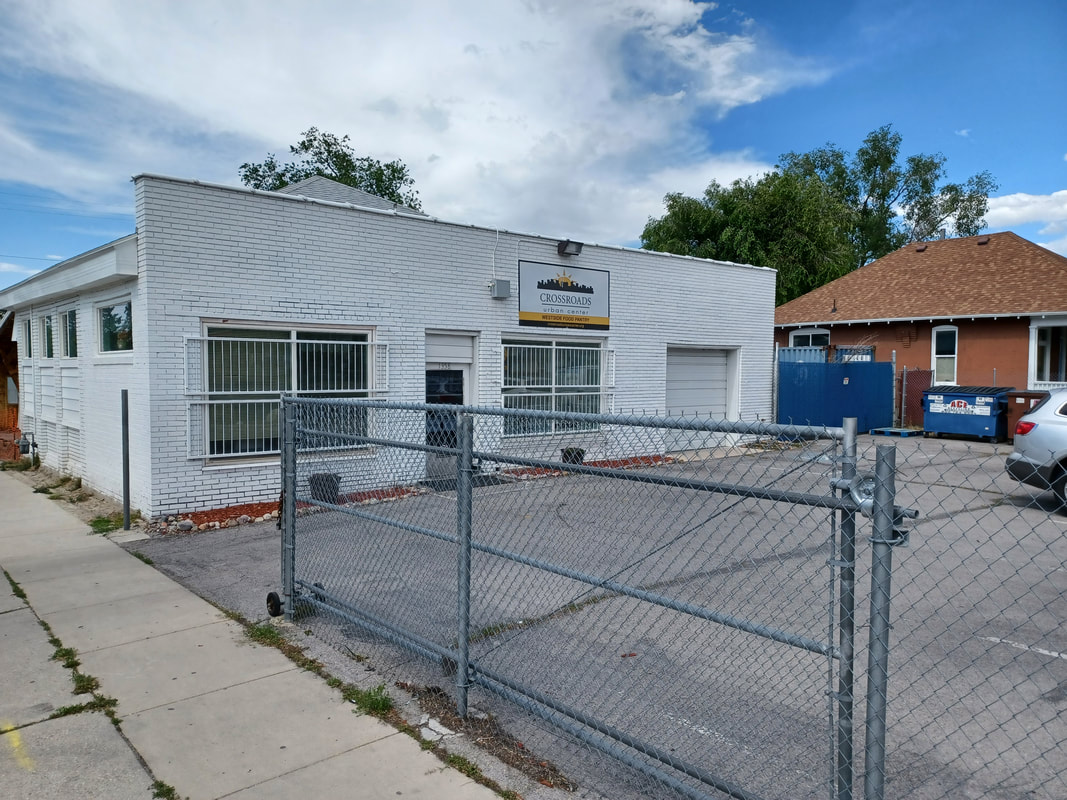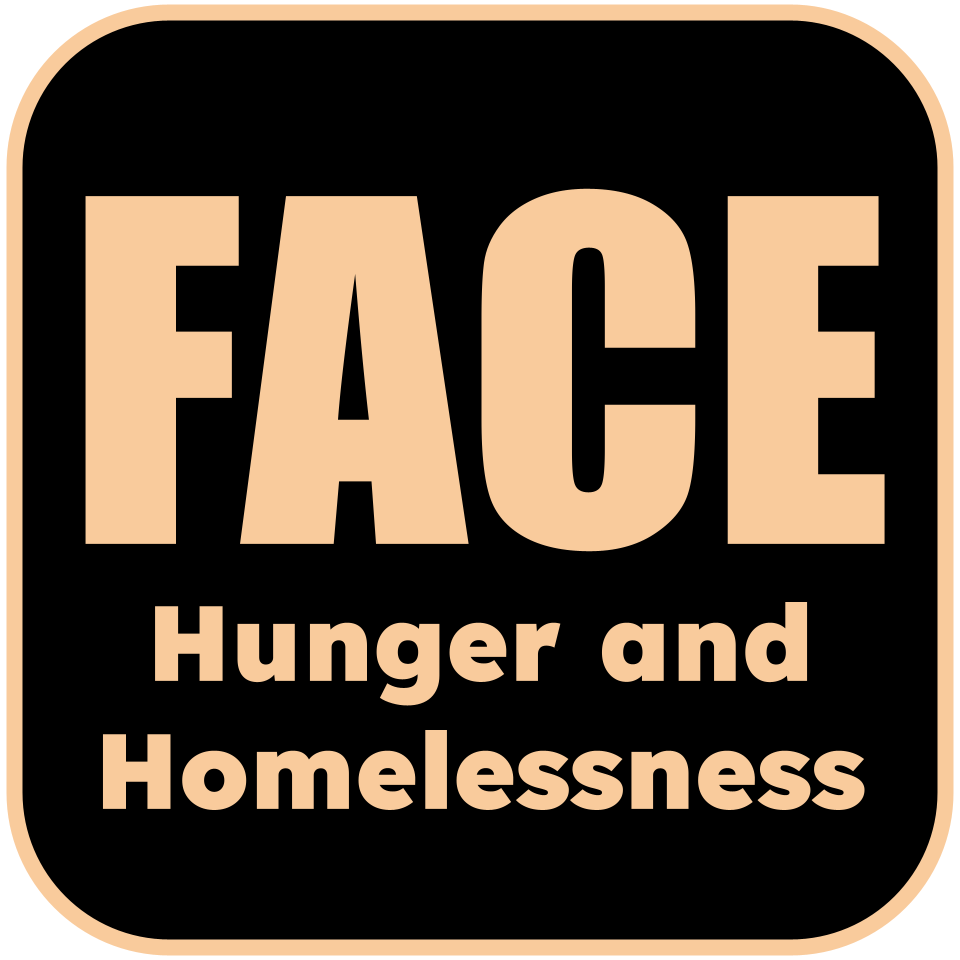Faith Hunger and Homelessness Day
January 18, 2024
Draft Agenda
I. Multi-faith responsive welcome 10:00 AM
Representatives from First United Methodist Church of
Ogden, First Congregational Church of Salt Lake, Holladay
United Church of Christ, First Unitarian Church of Salt Lake City
Mt. Tabor Lutheran Church, First Baptist Church of Salt Lake City
and Community of Grace Presbyterian Church
III. Presentation on Governor Cox’s proposals for reducing homeless 10:10 AM
Wayne Niederhauser, Director of Utah’s Office of Homeless
Services
IV. Thanks for progress made during past year, 10:20 AM
Rev. Vinnetta Golphin Wilkerson, Kena Matthews from Provo
Community Church and Rev. Tyler Doherty from the Cathedral
Church of St. Mark
V. Presentation on child and youth homelessness 10: 25 AM
Students from the Salt Lake Center for Science Service Leadership
VI. Why more progress is needed this year 10:35 AM
Rev. Lora Young from South Valley Unitarian Universalist Society
And Brianna Jackman from Powerful Moms Who Care
VII, Presentation from legislators working on key bills 10:45 AM
Representative Jim Dunnigan, Representative Jim Dunnigan and
Representative Carol Spackman Moss
VIII. Read clergy sign-on letter 11:00 AM
IX. Meet informally with individual legislators 11:10 AM
January 18, 2024
Draft Agenda
I. Multi-faith responsive welcome 10:00 AM
Representatives from First United Methodist Church of
Ogden, First Congregational Church of Salt Lake, Holladay
United Church of Christ, First Unitarian Church of Salt Lake City
Mt. Tabor Lutheran Church, First Baptist Church of Salt Lake City
and Community of Grace Presbyterian Church
III. Presentation on Governor Cox’s proposals for reducing homeless 10:10 AM
Wayne Niederhauser, Director of Utah’s Office of Homeless
Services
IV. Thanks for progress made during past year, 10:20 AM
Rev. Vinnetta Golphin Wilkerson, Kena Matthews from Provo
Community Church and Rev. Tyler Doherty from the Cathedral
Church of St. Mark
V. Presentation on child and youth homelessness 10: 25 AM
Students from the Salt Lake Center for Science Service Leadership
VI. Why more progress is needed this year 10:35 AM
Rev. Lora Young from South Valley Unitarian Universalist Society
And Brianna Jackman from Powerful Moms Who Care
VII, Presentation from legislators working on key bills 10:45 AM
Representative Jim Dunnigan, Representative Jim Dunnigan and
Representative Carol Spackman Moss
VIII. Read clergy sign-on letter 11:00 AM
IX. Meet informally with individual legislators 11:10 AM

